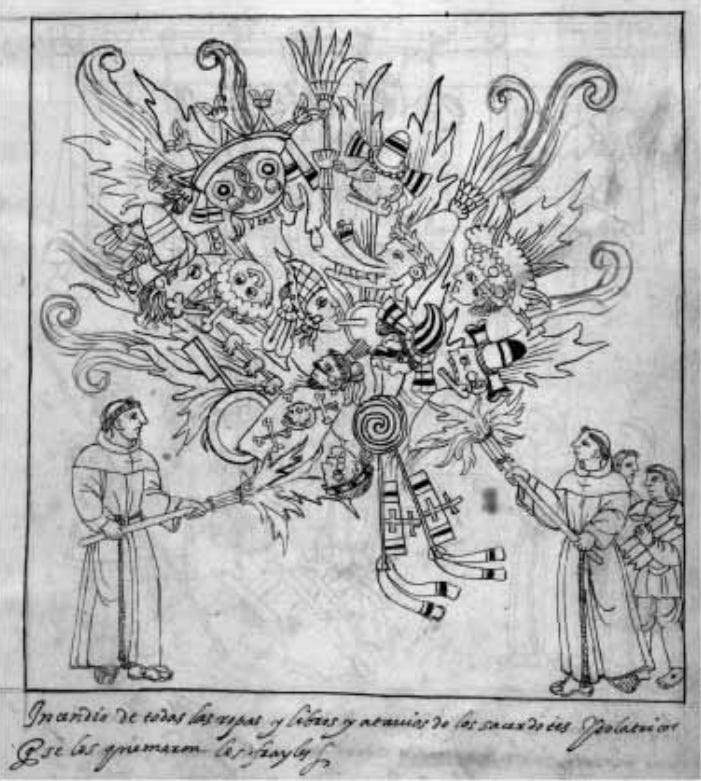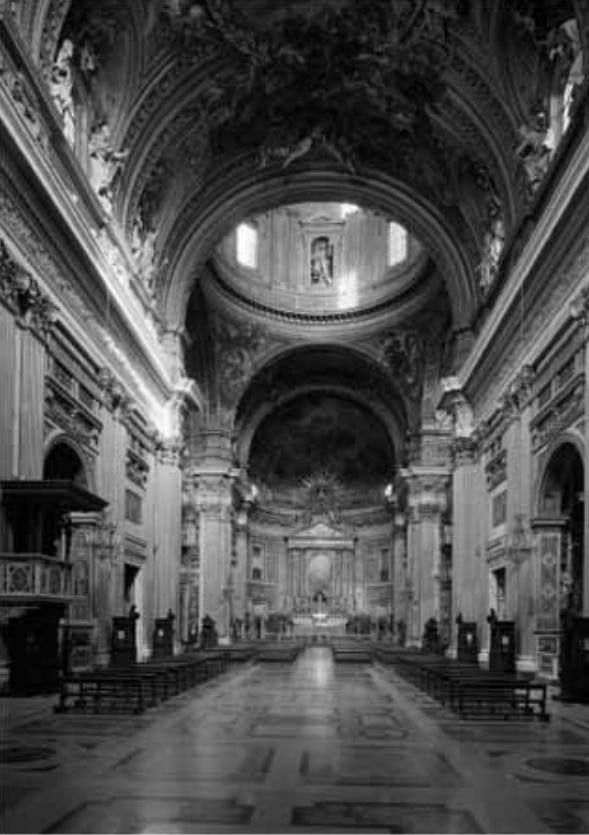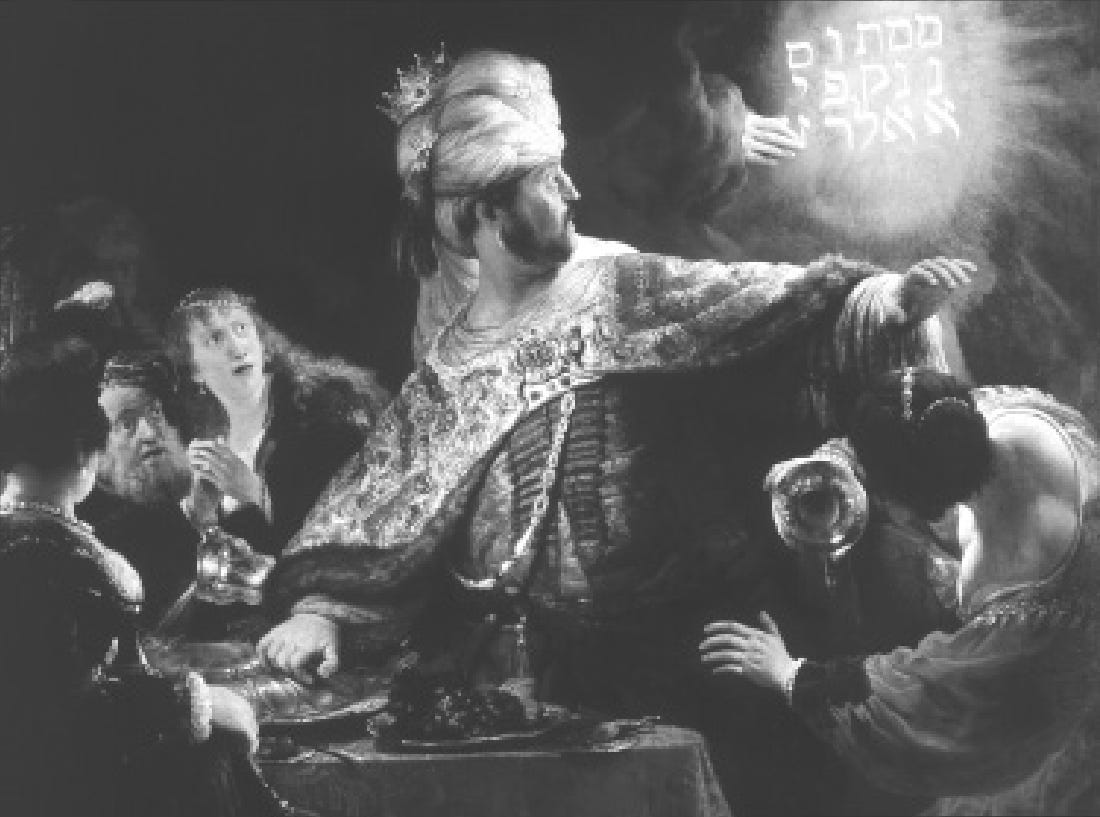第五章:文化影响
原书及其作者:牛津通识读本系列丛书,或者“A Very Short Introduction series”,一个非常高质量的学科入门读本系列。16到17世纪左右,这段宗教改革的故事从近乎偏执于原教旨的圣经解读出发,最终却落在了催生多元社会的终点上。
系列上一篇:Society | 社会变动
-----
Chapter 5 Culture
Visual culture
>p94 Pre-Reformation religion was intensely sensual, engaging the full range of worshippers’ senses, but its visual aspects stand out. …… Images acted upon the percipient, and were thus immensely potent.
在各种艺术形式之中,以往最突出,宗教改革年代所受冲击最大的,就是图画。
>p95 The Reformation of the 16th century repudiated this extraordinary inheritance, and destroyed much of it, not out of philistinism or lack of appreciation for the power of art, but out of a heightened sensitivity to it, and an intense fear of the dangers of idolatry. ‘Iconoclasm’ – the destruction of religious images for overtly ideological reasons – may be the Reformation’s most tangible bequest to the variegated cultural environments of modern Europe.
“Iconoclasm”(偶像破坏主义),表示因为高度意识形态化的原因毁弃宗教图画。具体来讲就是认为宗教图像会导致偶像崇拜,盲目崇拜人造的画作本身,因此要摧毁和宗教相关的造像。
对创造活动任何最轻微的限制压抑都能毁灭一个充满生力的土壤环境,创意无比脆弱。一旦将创意从常人的产销循环和关注里剥离,一种艺术就走向凋没,凋没之前意味着长长的慢性死亡。因为对一种过度抽象的理念如“偶像崇拜”的过度恐惧,而遮蔽了朴素的常识,对现实抱持一种过强而盲目的爱憎时,往往只会毁弃文物、阻碍发展,反过来缚人自身手脚,也让这种不自然的爱憎更加难以解套。
>p97-98 Ideally, this was a tidy and state-sanctioned process. …… But in other places iconoclasm was the radical and democratic face of Protestant activism, unofficial, and designed to force the pace of magisterial change. Popular iconoclasm could also take highly ritualized forms, becoming a specialized rite of violence designed to demonstrate the ‘powerlessness’ of the image and of the belief system it represented. …… The destruction of images was an uncompromising statement which widened existing divisions, and not just between Catholic and Protestant.
不仅要毁弃文物,还在这种践踏之中找到一种自我崇高化和正义化,这种倾向只会伤害人和扩大人的矛盾。
 |
| P100 16世纪的Iconoclasm |
>p100 The period of the Catholic Reformation also saw important changes in artistic manner and technique, the so-called Baroque style of intense emotionalism, employing light and shadow, gesture and movement, to invite the spectator into affective and spiritual identification with the agonies and ecstasies of the lives of Christ and the saints.
但这种毁弃也促使天主教世界重估艺术的价值,调整原有的认知。
这一时期也见艺术家戴着镣铐起舞,作品随着时代的变化,从反映社会的紧绷、神经质和疲倦到逐渐的舒展和重寻人的本身。
 |
| P101 16世纪一所罗马教堂的内部 |
>p102-104 The restrictions on religious imagery in Protestant societies did not shut off artistic production, but re-channelled it in other directions. …… Nonetheless, there is no question that Protestantism accelerated a separation of art from religion, removing it from an overt role in worship and desacralizing much of its subject matter. The notion of the autonomy of art – a separate sphere of the aesthetic, serving chiefly to inspire admiration and delight – was no concern of the Protestant reformers.
但有幸的是,只有最激进的改革家认为他们的教令禁止一切视觉艺术。在宗教领域大受打击的艺术创作还能重新流向其他方向和题材。
明确的一点是,宗教改革加速了艺术和宗教的分离,使艺术从服务于宗教的工具逐渐成为独立和成熟的艺术门类。
 |
| P103 Rembrandt画作,虽然是圣经场景,但更像是历史表述 |
Music
>p104-105 In this context, Luther pioneered a new musical form: the chorale (by permissible anachronism we can call these ‘hymns’). Chorales were original verse compositions, set to tunes resembling popular secular songs, and designed to be sung by the entire congregation during services. …… There is a direct line from Luther’s first experiments with chorale to the corpus of their immediate successor, the greatest creative genius of all time, J. S. Bach.
路德本人在音乐上是被认为更有素养的,后续路德宗对待音乐的态度也体现出更多的热忱,甚至是对其发展的推动。
>p107 Sacred music expressed the triumphant and confident face of the Catholic Reformation, and also served as a soundtrack to the aspirations of Catholic secular rulers. …… As with the visual image, music played its part in bringing Catholicism to a world stage, and rooting it in home-grown cultures.
即使受到一定影响,但在音乐的职能和宗教分离了之后,当时的许多作曲家(Lassus, Palestrina, Byrd, Vittoria)反而写出了更好的音乐。
>p107 The Reformation was thus itself a polyphonic performance, spawning a variety of musical forms which helped give distinct cultural shape to the emergence and consolidation of rival confessions. …… Across the Protestant world, and to a more limited extent the Catholic one, religious music shaped popular culture and was shaped by it. People internalized religious messages as they learned the tunes that carried them, and music was a key expression of social solidarity and communal devotional sentiment. A sad by-product of the decline of church-going in modern Britain is that relatively few people now sing on a regular basis.
Theatre and literature
>p108 Though the picture is mixed, literacy rates in Catholic states generally lagged behind those in Protestant ones into modern times.
>p108 Later medieval Europe had a sturdy tradition of religious drama: morality plays, with symbolic characters representing vices and virtues; and mystery plays, staging events from the Old Testament and from the life and passion of Christ. Play cycles were deeply entwined with public life and civic identity in the towns of 15th-century France, Germany, and England. It is thus unsurprising that early urban reformers used the genre to spread the Protestant message.
>p109 As with painting, Protestant unease about the co-mingling of the sacred and the profane freed an art form from the primary function of expressing religious truth and allowed it to mature.
-----
原书信息:Marshall, P. (2009). The Reformation: A Very Short Introduction. Oxford University Press. ISBN 978-0-19-923131-7
评论
发表评论